Check Six – 1968: Operation Palace Alert
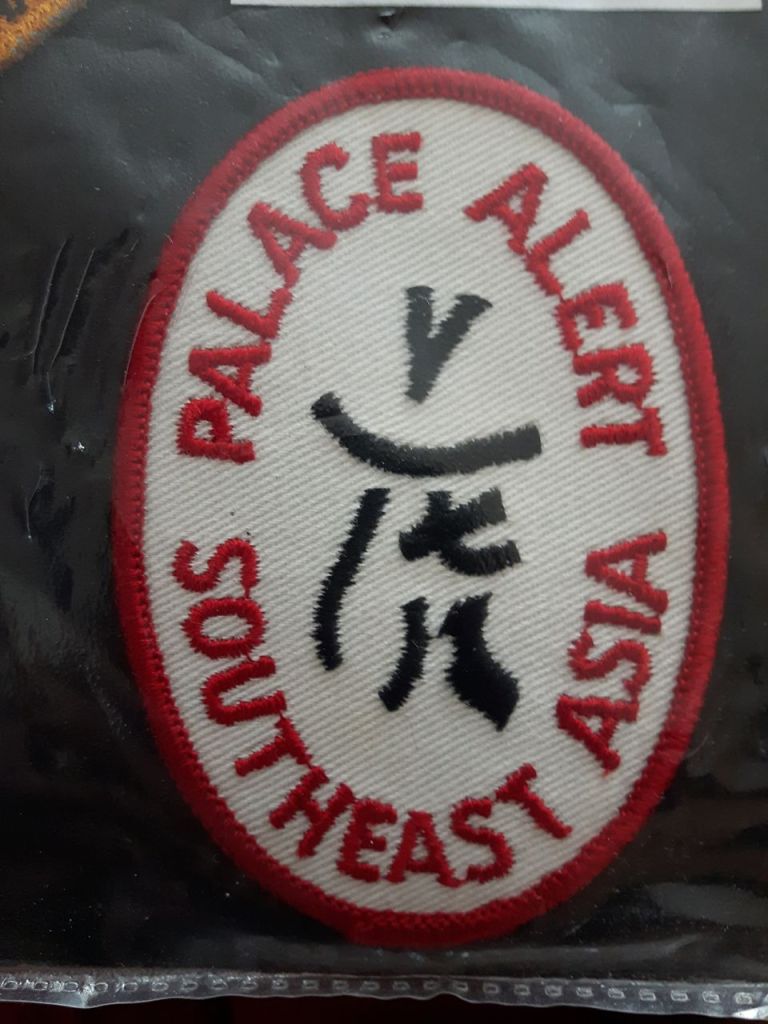
In January 1968, the capture of the U.S.S. Pueblo and the Tet Offensive caused President Lyndon Johnson to reverse his policy on using the reserve components in the Vietnam War.
The Air National Guard mobilized eight tactical fighter groups that were a part of the Department of Defense’s Selective Reserve Force (SRF), known in the Air Force as “Beef Broth” and later “Combat Beef,” and in late April, the initial four squadrons of Air Guard F-100C Super Sabres deployed to Vietnam.
Operation Palace Alert was an Air National Guard program to augment Air Force air defense units in Southeast Asia and in Europe. Combat ready pilots from 20 Air National Guard units flying F-102A Delta Daggers were eligible to volunteer.
Then-Maj Harold Nagai, operations officer for the Hawaii Air National Guard played a primary role in putting the program togethers. Nagai, a qualified F-102 pilot in addition to his duties as an operations officer said, “We think it’s a good program and will give us (Air Guard pilots) the benefit of overseas flying experience.” Nagai was the first Deuce pilots from the 199th Fighter Squadron to volunteer for the program. Others to follow include Lawrence Cabrina, Rexford Hitchcock, Kurt Johnson, George Joy, Richie Kunichika, Marvin Little, Jon Parish, Gerald Sada, and Edward Richardson. These pilots were awarded Air Medals for their deployments.
Palace Alert got under way on July 1, 1968, with 17 pilots operating in Europe from bases in Germany and Holland, five in Okinawa, and ten in Clark AFB, Philippines. Those operating out of Clark deployed to other Southeast Asia bases including mission over Vietnam. These bases included Tan Son Nhut, Bien Hoa, and Da Nang in South Vietnam and also stood alert at Don Muang and Udorn in Thailand.
The Air Guardmembers were serving on short active duty tours ranging from 89-179 days. The initial program required the Air Guardmembers to maintain a commitment of 32 pilots on station over a two year period. Volumeters served the maximum six month tour which required 128 pilots to sustain the requirement. The program was later expanded to 100 pilots on station, which would require at least 400 volunteers during the two year period.
The 32 pilot program represented the equivalent of an additional active duty squadron. The program did not hinder the capability of the runway alert forces to perform their day to day mission of air defense.

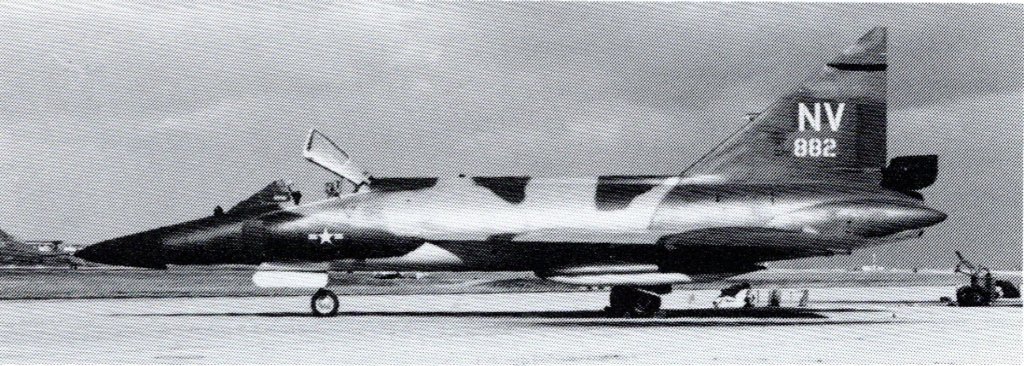
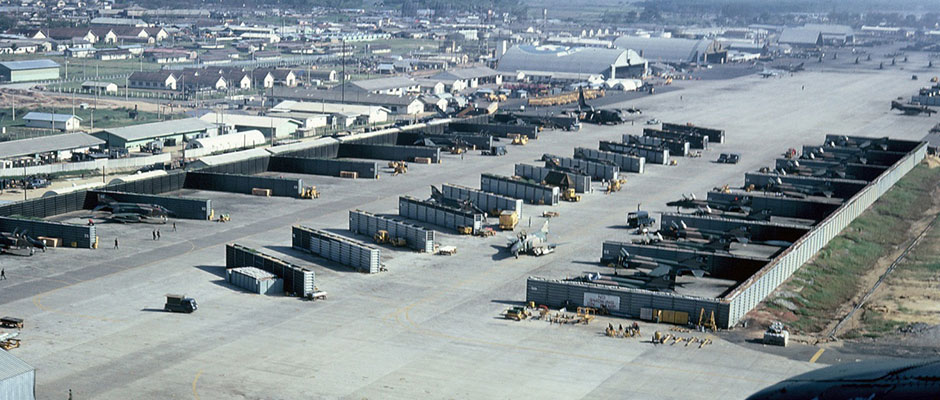
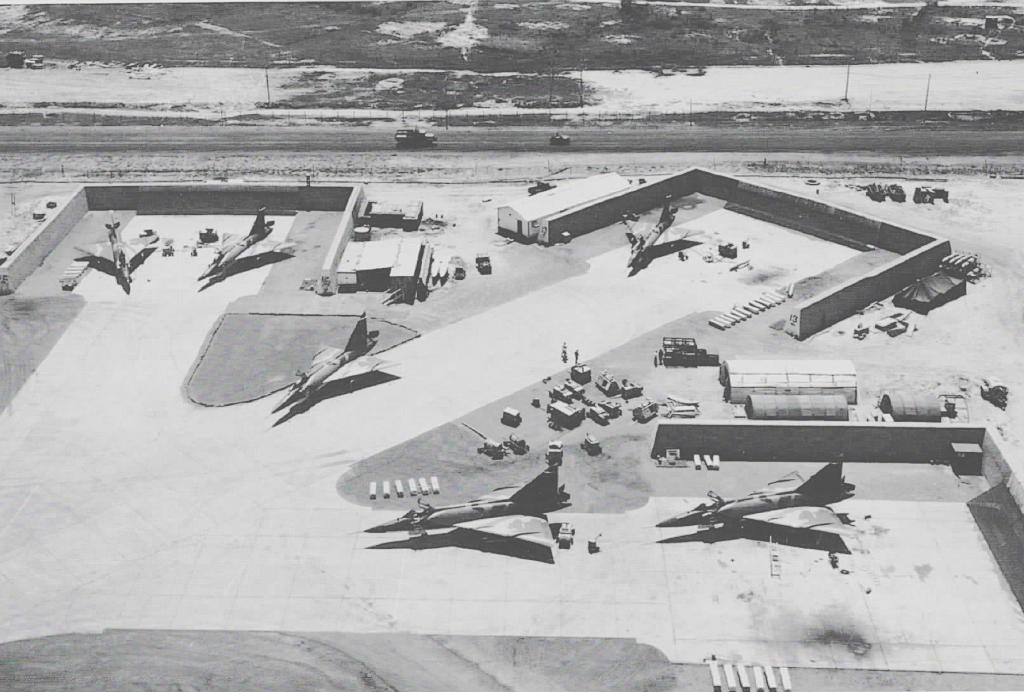
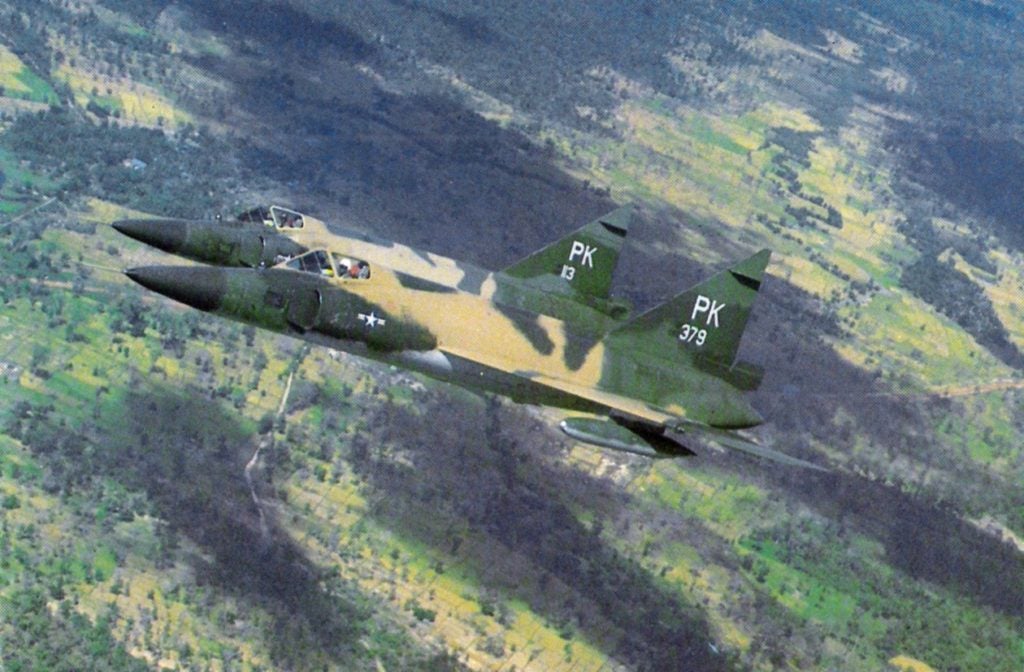
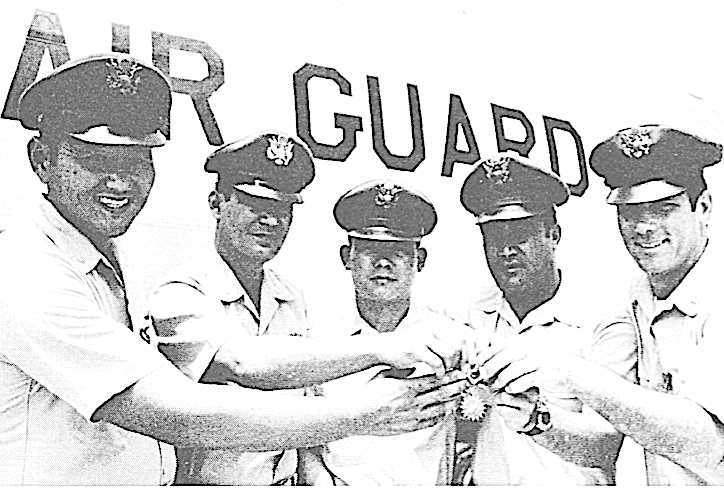
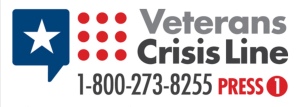

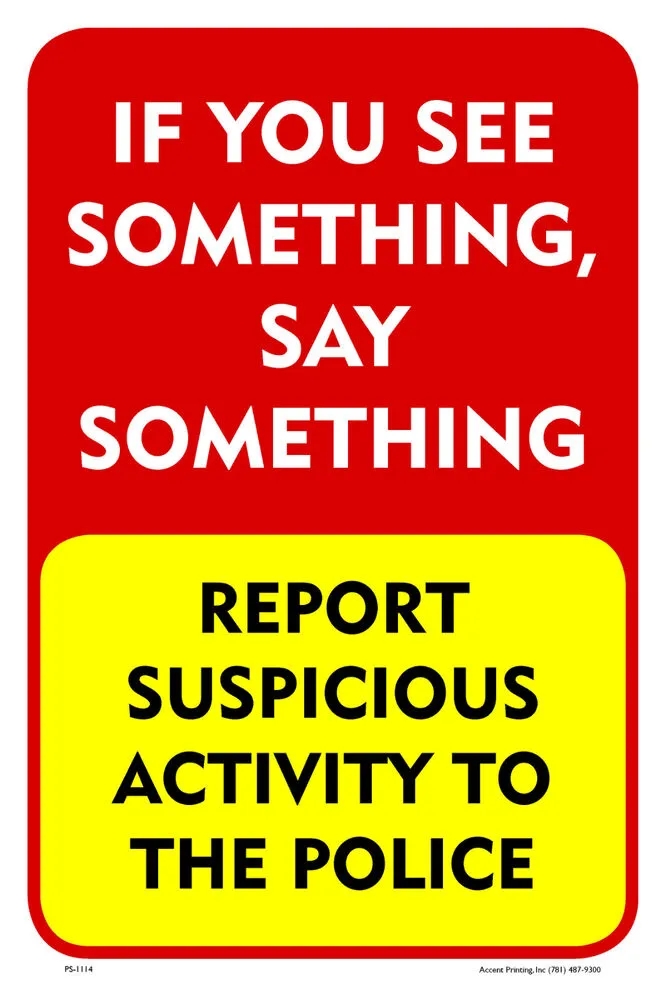
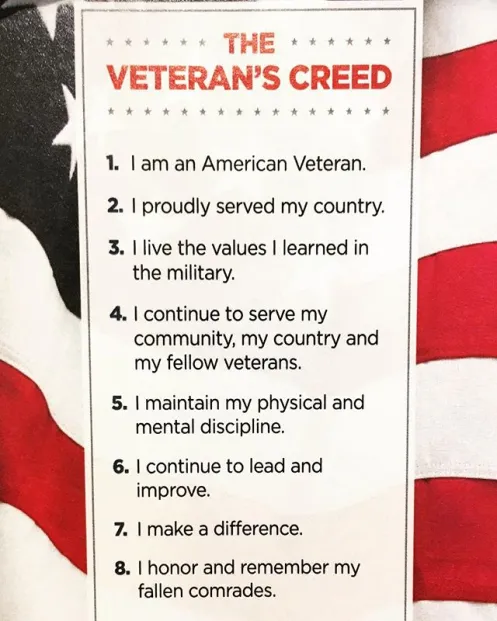
Comments are closed.